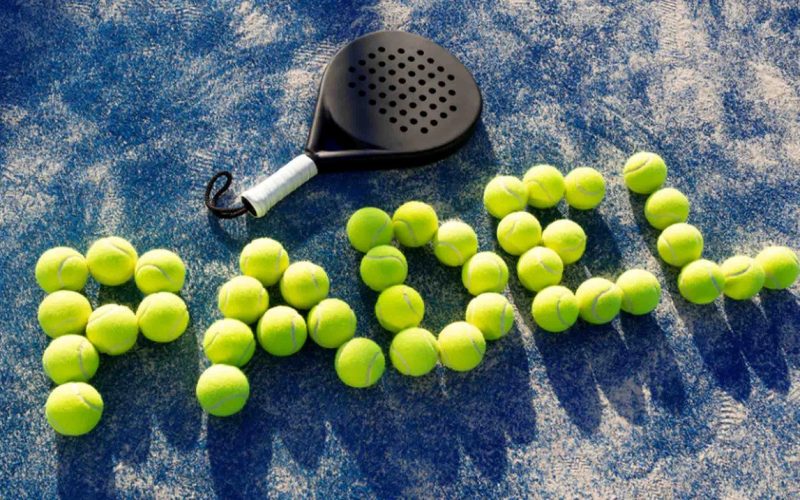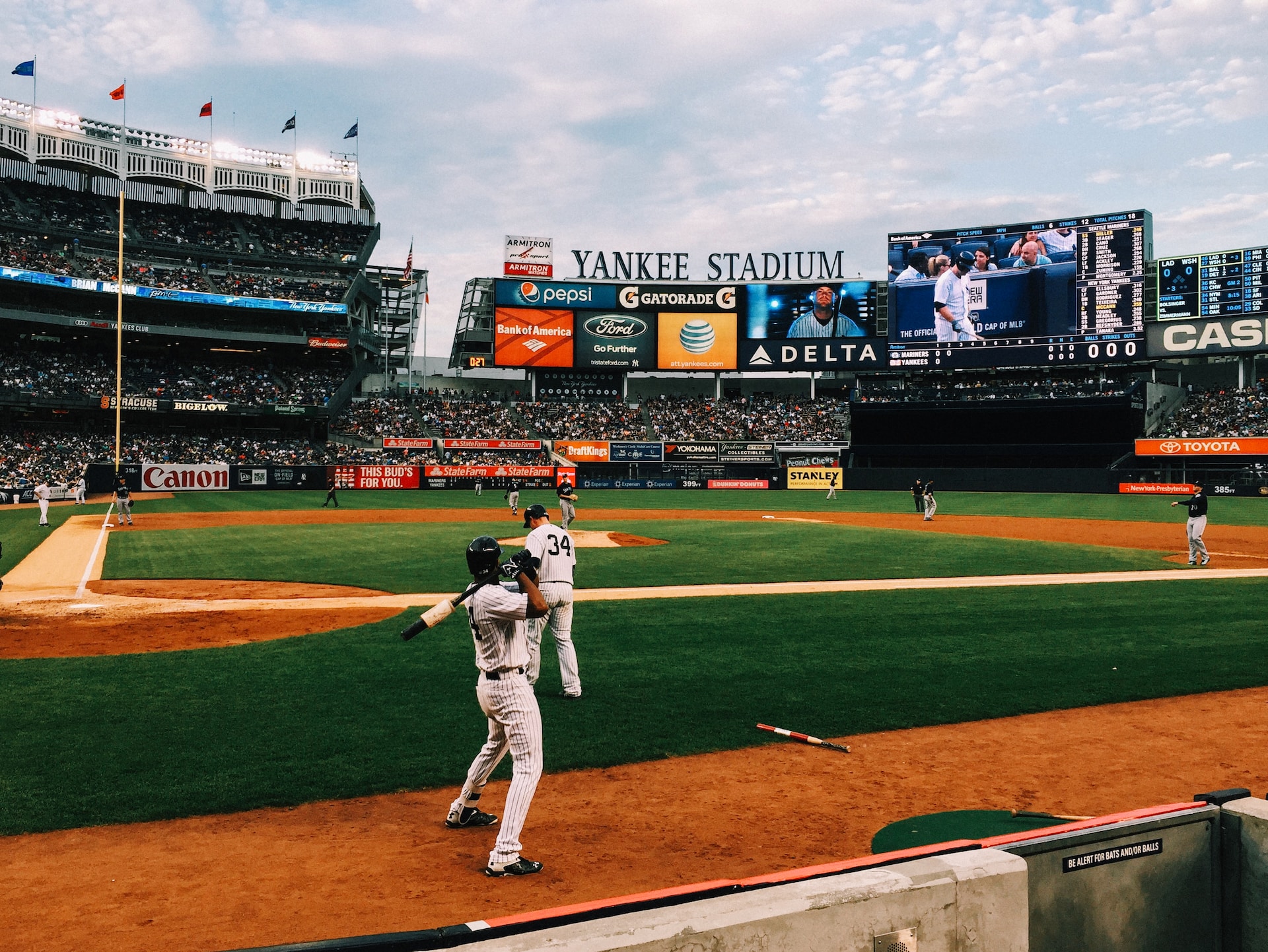The Popularity of Padel Balls: A Global Sports Trend
Padel, a relatively new racket sport, is rapidly gaining popularity worldwide. The sport, which blends elements of tennis and squash, is played with unique padel balls that have distinct characteristics setting them apart from traditional tennis balls. This article explores why padel balls are becoming a sports sensation, delving into their unique features, the sport’s growth, and the cultural impact they are having across the globe.

The Unique Features of Padel Balls
Construction and Materials
Padel balls resemble tennis balls but with subtle differences. They are slightly smaller and have less pressure, making them less bouncy. The core is typically made of rubber, and the outer layer is covered with felt. This construction provides the ball with its characteristic bounce and speed suitable for the enclosed padel court.
Bounce and Playability
The reduced pressure in padel balls results in a lower bounce compared to tennis balls. This lower bounce is ideal for the fast-paced, controlled play of padel, where precision and strategic ball placement are crucial. The bounce consistency of padel balls ensures a more predictable and enjoyable playing experience, especially in the confined court dimensions.
Durability
Padel balls are designed to withstand the unique demands of the sport. The combination of materials used in their construction ensures they can endure repeated impacts against the walls and surfaces of the padel court. Their durability contributes to the sport’s growing popularity, as players seek equipment that can maintain performance over extended periods.
The Growth of Padel as a Sport
Increasing Global Popularity
Originating in Mexico in the late 1960s, padel has seen exponential growth in popularity, particularly in Spain and Latin America. Over the past decade, its appeal has spread across Europe, the Middle East, and even Asia. The ease of learning, social aspect, and less physically demanding nature compared to traditional racket sports make padel attractive to a wide range of age groups and skill levels.
Celebrity Endorsements and Professional Tournaments
High-profile endorsements and the establishment of professional padel circuits have significantly boosted the sport’s visibility. Celebrities and professional athletes from other sports have taken to padel, sharing their enthusiasm on social media and attracting their fan bases to the sport. The organization of professional tournaments, such as the World Padel Tour, has further solidified padel’s status as a mainstream sport.
Accessibility and Social Appeal
Padel’s accessibility is another major factor in its rising popularity. The courts are smaller, making them easier to install in urban areas and clubs. The sport’s emphasis on doubles play fosters a social atmosphere, encouraging community interaction and camaraderie among players. This social aspect is particularly appealing in today’s digital age, where face-to-face social interactions are becoming less frequent.
Cultural Impact of Padel Balls
Bridging Generations
Padel has become a sport that bridges generational gaps. With its relatively simple rules and moderate physical demands, padel is suitable for young children, adults, and even seniors. The use of padel balls, designed for controlled play, helps make the sport accessible and enjoyable for all ages, fostering family participation and multi-generational play.
Promoting Health and Fitness
The rise of padel has also contributed to promoting health and fitness. The sport offers a full-body workout, improving cardiovascular health, enhancing agility, and building muscle strength. The use of padel balls, which require precision and control, ensures that players remain engaged and physically active, contributing to overall well-being.
Economic Impact
The popularity of padel balls and the sport itself has led to a significant economic impact. The demand for padel courts, equipment, and related services has created new business opportunities and jobs. Manufacturers of padel balls and rackets have seen increased sales, while the growth of padel clubs and training centers has spurred local economies.
Analysis Table: Unique Features of Padel Balls
| Feature | Description |
| Size | Slightly smaller than tennis balls, facilitating controlled play. |
| Pressure | Lower pressure than tennis balls, resulting in a lower bounce suitable for padel’s fast-paced nature. |
| Construction | Rubber core with a felt outer layer, designed for durability and consistent performance. |
| Bounce | Consistent and predictable bounce, enhancing playability and precision. |
| Durability | Built to withstand impacts against walls and surfaces of the padel court, ensuring longevity. |
Comparative Table: Padel Balls vs. Tennis Balls
| Feature | Padel Balls | Tennis Balls |
| Size | Slightly smaller | Standard tennis size |
| Pressure | Lower pressure | Higher pressure |
| Bounce | Lower, more controlled bounce | Higher, more variable bounce |
| Durability | Designed for durability against walls and surfaces | Designed for open court play, less focus on wall impacts |
| Suitability | Ideal for confined courts and strategic play | Ideal for larger courts and more varied play styles |
Conclusion
Padel balls are becoming a sports sensation due to their unique features tailored specifically for the sport of padel. The construction, bounce, and durability of these balls enhance the playing experience, making padel an enjoyable and accessible sport for all ages. The growth of padel, driven by its global popularity, celebrity endorsements, and social appeal, has significantly impacted cultures and economies worldwide. As padel continues to rise, the significance of padel balls in ensuring the sport’s playability and enjoyment will remain paramount, solidifying their status as a key element in this burgeoning sports phenomenon.










